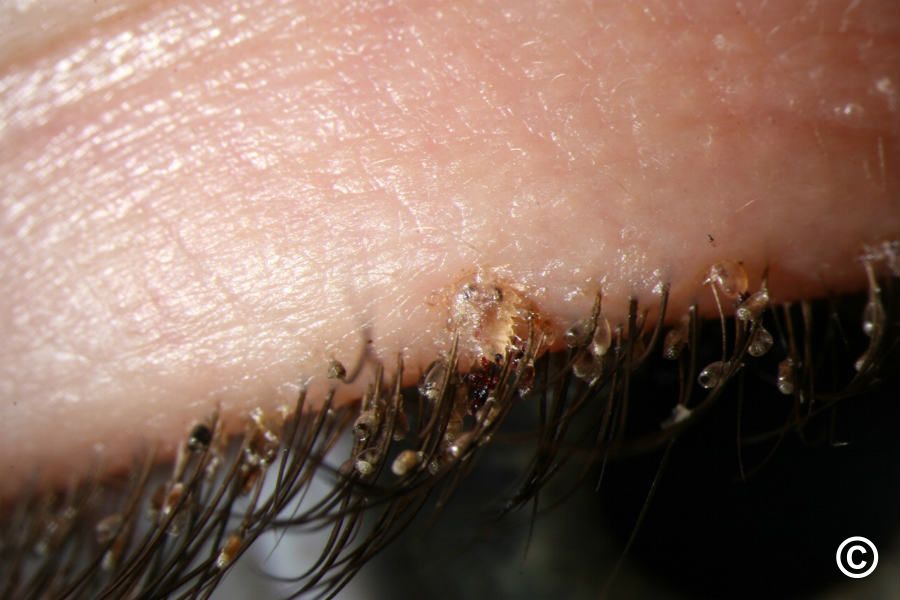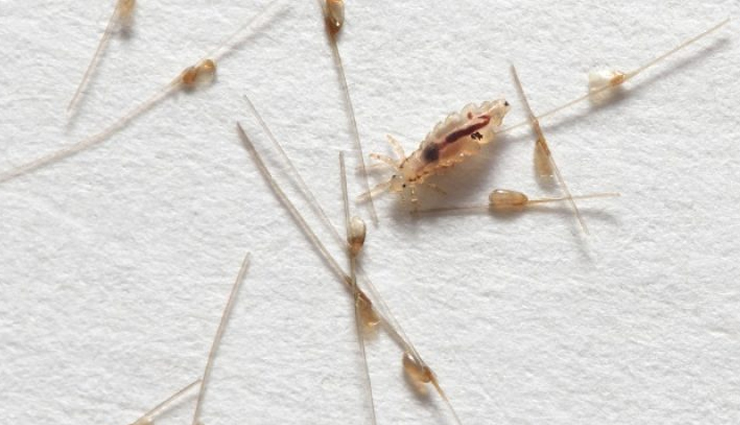What are crabs? They’re not just the butt of sex jokes or dirty wordplay involving sea life. They are highly contagious, and something you can still catch without having sex (and no, it’s not from your chairs).
Here are the nitty-gritty facts about what they really are, how someone can catch them, as well as how you can treat them.
WHAT ARE CRABS?
Also known as pubic lice, crabs are tiny, highly-contagious parasitic insects that love human blood. They’re also usually found on pubic hair (as the name suggests), but that doesn’t mean they won’t find other parts of the body suitable to set up home on. These can include beards, eyelashes, eyebrows, or hair around the anus.
WHAT ARE THE SYMPTOMS
- Itching – mostly at night
- Red, bumpy skin or lesions
- Rash or irritation
- Blue color spots on infected skin (where they’ve fed_
- Brown spots on underwear
- Eye inflammation (if they are on the eyelashes)
- Low energy or low fever
- Irritableness
However, there is a chance someone might not even know they have them, because they might not show any symptoms at all.
HOW ARE THEY TRANSMITTED?
The thing is these slippery little suckers are easily passed from person to person. It’s usually through sex or intimate contact, but they can also catch through bedding, towels, or whatever shared cloth item is being used by more than one person. And just to make your skin crawl more, even a hug can pass them along.

HOW CAN YOU TREAT THEM?
The great news is that crabs are easily treatable. All you need to do is go to the pharmacy and ask for some over-the-counter medication. And don’t be embarrassed, these pharmacists have seen it all. They will never shame you.
- You get something with 1% permethrin or pyrethrin – which is usually in the form of a lotion or a shampoo. However, these ingredients only kill the live crabs and not the eggs. So, you’ll have to do a second treatment around 1 week later.
- Thoroughly wash your pubic region with soap and warm water(or wherever is infected), and then make sure it’s dry after. Also, make sure you’re using a fresh, clean towel (not one that might have been used by an infected partner).
- Apply whatever the doctor/pharmacist gave you – and follow the directions! The thing is, even if the health care person doesn’t tell you how, the box will always have very detailed instructions on how to use it.
- Pay attention to timing. Shampoos and lotions will have different sitting times.
- Rinse the medication off well with warm water. It’s important to be thorough so you get rid of any dead crabs or even loose nits/eggs
- Use a DIFFERENT towel to dry yourself after.

But wait! …There’s more…
- Keep any infected clothing or towel separate and wash them separately right after you’re done with the treatment.
- Also, you’ll need to wash any bedding clothing you’ve used in the last month on a HOT cycle and in the hottest setting on your dryer for at least 20 minutes.
- Another good tip is to keep anything infected in seal plastic bags (if you can’t get to washing them immediately).
- If the doctor gave you a lice “comb” make sure to use that as well. You just need to carefully comb through sections of your hair. Dip the comb in HOT soapy water after each pass. After, make sure you sterilize the comb.
- If you have crabs on your eyelashes, there’s a special kind of petroleum jelly that will work. But you can only get it through a prescription. Do NOT use lotions or shampoo around your eyes!
- The doctor MIGHT tell you to pluck the stray nits and crabs off with tweezers, but only do that if they suggest it.
It’s really important to watch the infected areas after the treatments are done – to make sure they’re gone for good. You’ll also need to call past sexual partners (in the last 4-5 weeks) so they can check if they have them too. And it should go without saying that sex is off the table until the crabs are cleared up.
SIDE NOTE – If other people you live with end up infected, you must go through the treatment at the same time.
To go the extra mile, sleep on freshly cleaned sheets and disinfected pajamas EACH night. Yeah, it might sound like a lot, but it will help things clear up faster. Vacuum the house and bleach the bathroom for good measure.
OTHER FACTS & MYTHS
- When looked at closely, they look very similar to crabs – hence the nickname
- Their eggs are tiny, oval, and shiny
- They are white-grey in color but change to a brownish hue after they’ve fed.
- No, they cannot stick to your toilet set or chairs – but you can vacuum them or spray things down with a recommended bug spray if you’re super paranoid
- Crabs will stay alive and keep propagating as long as they’re attached to a host.
- They don’t “fall off and die in 24-hours”
- You do NOT need to shave your hair after an infection. Shaving also might not even get rid of them.
- You also do NOT need to burn your bedding as some myths suggest
- They’re not caused by bad personal hygiene (a huge myth)
- They might be the same species as head lice, but they’re not exactly the same, nor treated the same way
- Some people say you can catch crabs from animals – this is a myth
- Up to 30% of the population has had crabs
- Home remedies don’t work. No amount of essential oil is going to get rid of those crawlers
IMPORTANT HEALTH CONSIDERATIONS
- If you’re pregnant, talk to your doctor about the best course of action.
- The parasites themselves won’t cause any significant health issues, but the itching that comes with them can bring on other issues like secondary infections.
- Children with eyelash infestations are at risk for conjunctivitis, aka pink eye. And before you freak out, crabs don’t always come with sexual contact. Bedding or towel could be the culprit.
- You need to be super careful with crabs on the eyelashes (or even eyebrows) because if they are left untreated, it can cause bigger health problems – e.g. blepharitis, conjunctivitis and corneal epithelial keratitis etc.
- Get an STD checkup as well. Better safe than sorry.
Well, there you have it! Yes, these little buggers can be a pain in the ass. But the good news is, they are highly treatable. So, if you find yourself itching down there, and discover you have some unwanted houseguests in your thatch, nip straight to the pharmacy without shame.

